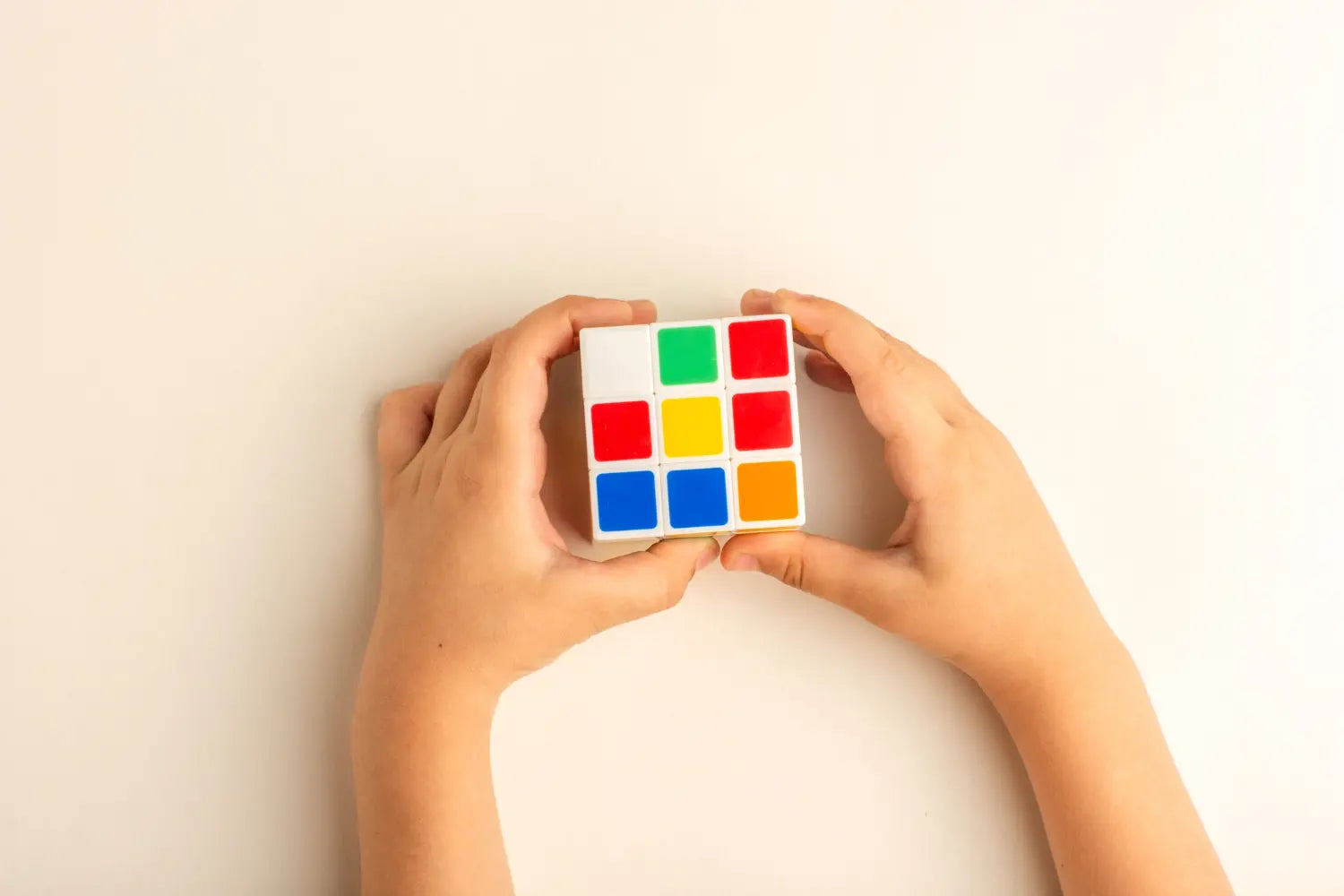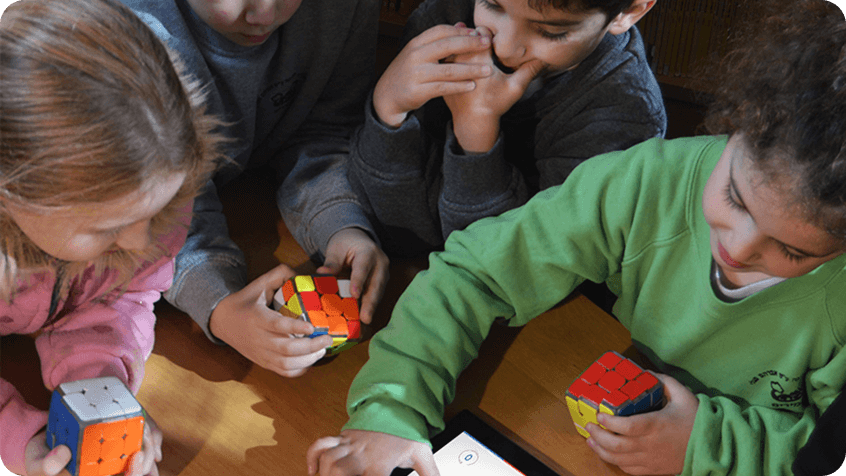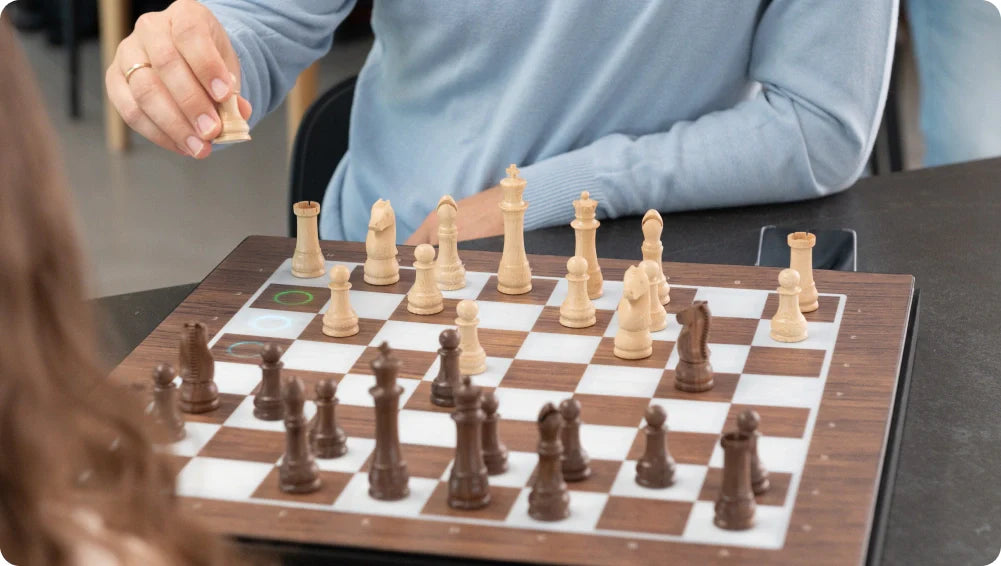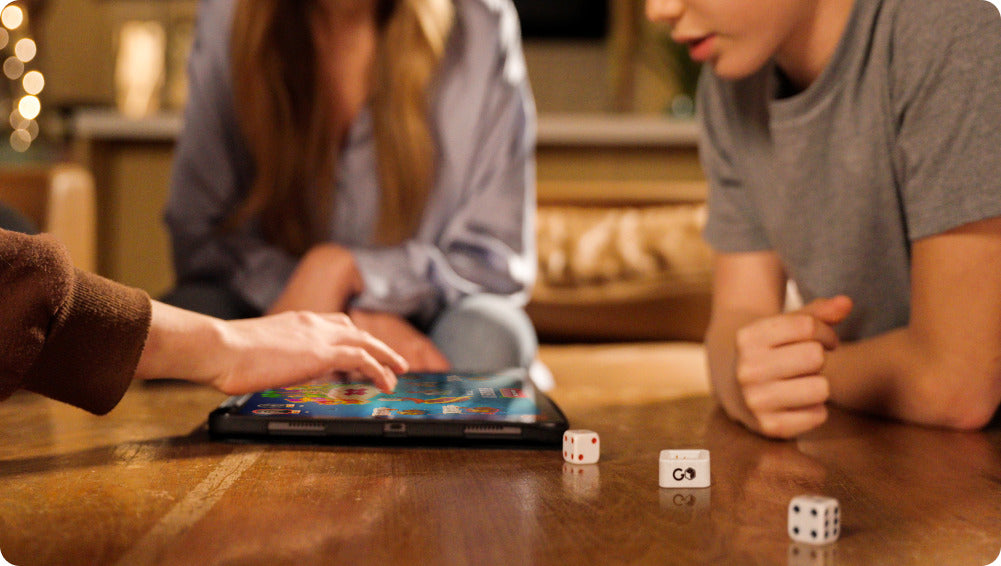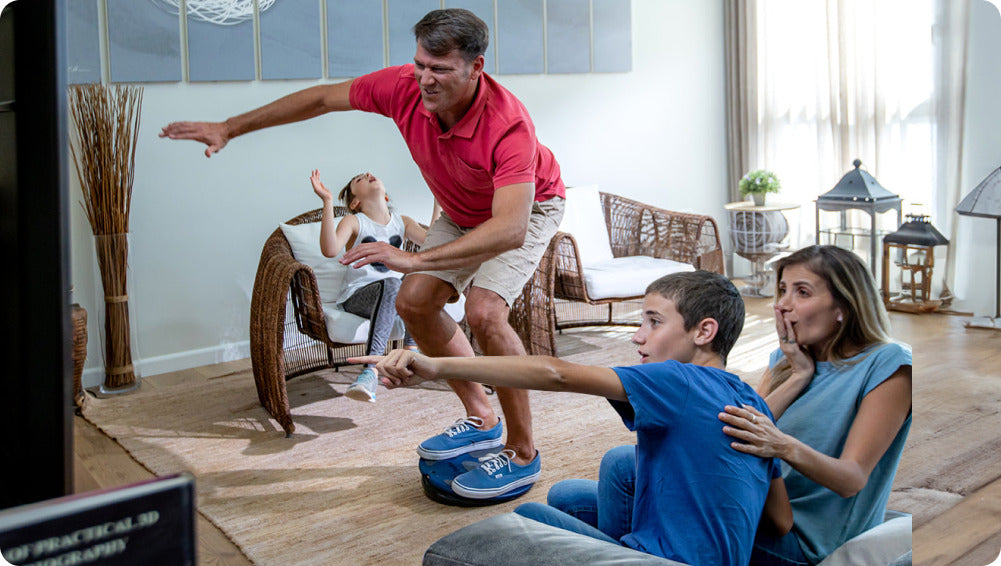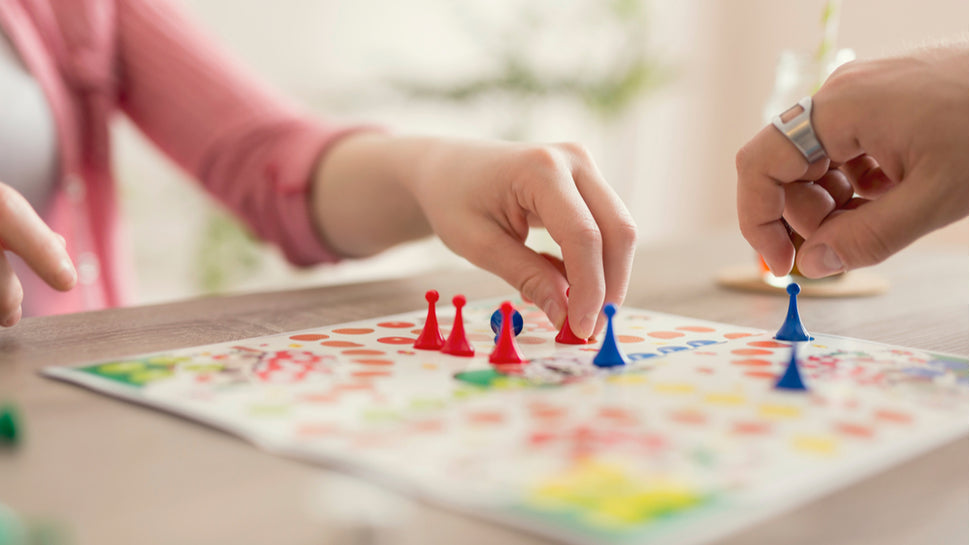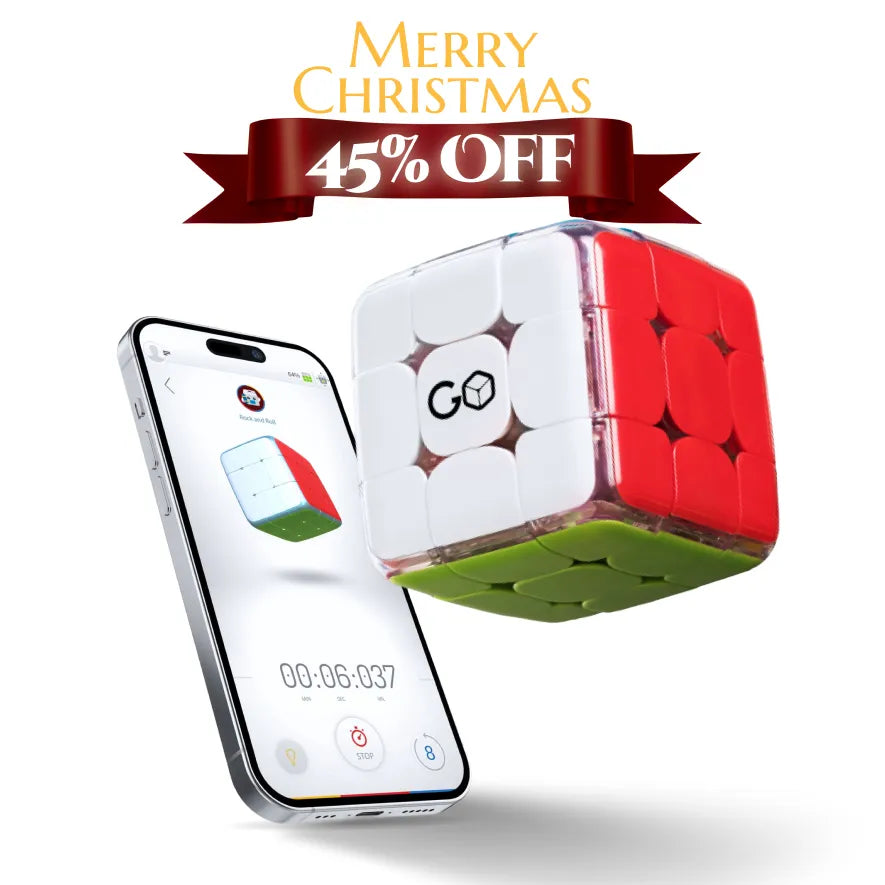The Rubik’s Cube might look like a toy, but solving it efficiently has fascinated mathematicians, coders, and puzzle lovers for decades. There’s a legendary number floating around in the cubing world—20. Known as God’s Number, it represents the fewest number of moves needed to solve any scrambled cube… in theory.
Let’s be clear though: solving a cube in exactly 20 moves isn’t something most humans can do. It’s a mathematical ideal, uncovered with the help of supercomputers and complex algorithms—not your everyday solving method.
In this article, we’ll break down what God’s Number actually means, walk through the math and computer science behind it, and show you what a 20-move solution looks like. Then, we’ll shift gears into the real world—with practical tips and tools (like the GoCube) to help you solve faster, smarter, and maybe, just maybe… get a little closer to perfection.
Table of Contents
- What Is God’s Number — and Why 20 Moves?
- Solving a Rubik’s Cube in 20 Moves: What It Really Looks Like
- How People Actually Solve the Cube (and Why It Takes More Than 20 Moves)
- GoCube: The Smart Way to Learn or Improve
- Mental Benefits of Solving Smarter (Not Just Faster)
What Is God’s Number — and Why 20 Moves?
God’s Number is the minimum number of moves required to solve any possible scramble of a standard 3x3 Rubik’s Cube. No matter how mixed up the cube is, there is always a solution that takes 20 moves or fewer—at least in theory.
This was proven in 2010 by a team of researchers including Tomas Rokicki and Morley Davidson. With the help of Google’s powerful servers, they ran an exhaustive analysis of all 43 quintillion possible cube configurations. The result? Every single one could be solved in 20 moves or less using the most optimal algorithms.
It was a landmark moment in both mathematics and computer science—confirming that the Rubik’s Cube, despite its complexity, has a definitive upper bound for efficiency. But while the math checks out, don’t expect to hit that 20-move solve yourself without some serious computing power. The algorithms involved are far too complex for everyday use.
Still, understanding God’s Number gives us insight into just how efficient a cube solution can be—and it sets a fascinating benchmark for those chasing the perfect solve.
Solving a Rubik’s Cube in 20 Moves: What It Really Looks Like
We’ve talked about the theory—but what does solving a Rubik’s Cube in exactly 20 moves actually look like in practice?
This is the part where we move beyond the myth and show you the math: the real, computed solutions that represent the shortest possible path from chaos to order. And yes—it’s far more technical than what speedcubers use in real life, but it’s also a fascinating glimpse into just how elegant the cube can be.
First, Learn the Language: Cube Notation
Before we dive in, you’ll need to understand the basic notation system used to describe Rubik’s Cube moves. This shorthand is universal among cubers and essential for following or inputting algorithms.
Each of the cube’s six faces is represented by a single letter:
- R – Right
- L – Left
- U – Up
- D – Down
- F – Front
- B – Back
How you interpret the letter depends on what comes with it:
- A plain letter (like R) means a 90-degree clockwise turn of that face.
- A letter with an apostrophe (R') means a 90-degree counterclockwise turn.
- If you see a 2 (like U2), that means turn the face 180 degrees.
So, an algorithm like R U R' U' means: turn the right face clockwise, then the top face clockwise, then the right face counterclockwise, and so on. It becomes second nature once you practice—especially if you're using tools like GoCube that animate it in real time.
A Real 20-Move Solve: Start to Finish
Let’s take an actual example of a scrambled cube and walk through what a 20-move optimal solution looks like.
Here’s a sample scramble, in standard notation:
F' R2 B U2 B R2 F2 U F2 U' L2 B R D2 B2 U L B2 L
Try applying that scramble to a cube (or inputting it into a virtual cube solver), and you'll get a completely jumbled mess. Now, let’s look at the optimal solution that brings it back to a solved state:
U2 F2 R D2 F U B2 D2 R D2 L2 D2 R2 B D2 B2 F2 D2
That’s it—20 moves exactly, not a step more.
This solution wasn’t created by a genius cuber memorizing thousands of combinations on the fly. It was calculated by a solver program that uses brute-force algorithms, deep heuristic trees, and powerful processors to comb through trillions of possible paths and isolate the shortest one.
How You Can Try It Yourself
If you're curious about what a perfect solve looks like for your cube scramble, you're in luck. Tools like Cube Explorer, developed by Herbert Kociemba, allow anyone to input a scrambled cube state and receive an optimal solution. Here's how:
- Go to Cube Explorer: You can find it at kociemba.org/cube.htm. (Heads up—it’s a downloadable Windows program.)
- Input your scramble: You can enter it manually using the standard move notation or use the color interface to set up the cube visually.
- Let it solve: Cube Explorer uses its two-phase algorithm to calculate the fewest possible moves—often hitting that magic 20 or coming close.
But Can Humans Do This?
Here’s the honest answer: not really.
Even the fastest cubers in the world aren’t solving their cubes in 20 moves. They’re solving them in 40–60 moves, using streamlined methods like CFOP, Roux, or ZZ. Why? Because the algorithms used in optimal 20-move solves are way too complicated to memorize and apply in real time. Some of them involve deeply nested sequences with no practical value for a speed solve.
So when we talk about a “20-move solve,” we’re talking about computational theory—not a human benchmark. And while the cube is wildly popular, you'd be surprised how few people actually know how to solve a Rubik’s Cube—which puts the 20-move ideal even further out of reach.
Still, these solves are valuable. They set a ceiling on cube complexity, helping us understand just how efficient a solution can be. For cubers chasing optimization and elegance, it’s a mathematical target that inspires smarter, more thoughtful solving techniques.
And even if you never hit 20 moves, just knowing it’s possible is pretty mind-blowing.
How People Actually Solve the Cube (and Why It Takes More Than 20 Moves)
In the real world, human solving is a different game entirely. It’s about strategy, muscle memory, and finding patterns, not computational perfection.
Most human-friendly methods fall somewhere between 40 and 60 moves, and that’s perfectly normal. Solvers break the cube down into steps that are easier to learn and repeat—sacrificing move-count perfection for speed and practicality.
Here are the most common methods people actually use:
Layer-by-Layer (LBL) – The Beginner’s Method
LBL is usually where everyone starts. You solve the cube one layer at a time: the top, then the middle, then the bottom. It’s easy to grasp but highly inefficient—often taking 80+ moves. Still, it’s the go-to method for first-timers and casual solvers.
CFOP – The Speedcuber’s Method
Short for Cross, F2L, OLL, and PLL, CFOP is the dominant method in competitive cubing. It breaks the solve into four distinct phases and relies on a hefty library of algorithms—over 100, in fact. But with enough practice, it’s blazingly fast. Most CFOP users average around 55 moves per solve.
Roux – Minimal Moves, Maximum Strategy
The Roux method is more block-based and intuitive. You build two 3x2x1 blocks, solve edges, and finish with the corners. It’s great for reducing move count and encourages you to think ahead, averaging around 45–50 moves for skilled users.
ZZ – The Ergonomic Option
The ZZ method focuses on edge orientation early on, which reduces the need for cube rotations and allows smoother, faster turning. While it's slightly more niche, it appeals to solvers who prioritize efficiency and ergonomics, landing in the 50–55 move range.
God’s Number vs. Real-World Methods: Understanding the Gap
So if 20 moves is the magic number, why aren’t we all using methods that get us there?
Because most human-centric methods are designed around:
- Speed of execution
- Ease of learning
- Minimized memorization
In contrast, 20-move solutions are a computer’s playground. They require deep computational searching and often use algorithms no human would ever remember—let alone recognize mid-solve.
For human solvers, it’s all about finding what works in real-time, with real fingers, and under real-world conditions. And that’s where a tool like GoCube can seriously change the game.
Instead of getting overwhelmed by dozens of algorithms or confused by diagrams, GoCube takes these complex solving systems and makes them interactive, visual, and personalized. It doesn’t just show you what to do—it shows you why it works. Whether you're following Layer-by-Layer or jumping into CFOP, GoCube adjusts to your level and walks you through each step, move by move.
If you're aiming to get faster, more efficient, or just finally make it through a full solve without throwing the cube across the room, GoCube is the bridge between human-friendly methods and deeper cube mastery.
GoCube: The Smart Way to Learn or Improve
For those seeking an interactive and engaging way to learn the Rubik’s Cube, GoCube offers an entirely new experience. This smart cube takes the traditional puzzle and upgrades it with modern technology, making it accessible, fun, and incredibly effective for beginners and seasoned solvers alike.
The first step with GoCube is pairing it to the app via Bluetooth. Once connected, the cube becomes a digital tutor. It tracks every move in real-time and visually displays it on your device. This lets you see exactly where each twist takes you and how close you are to your goal. It removes the confusion of traditional tutorials by offering step-by-step, hands-on guidance that reacts to your actions.
One of GoCube’s most impressive features is its smart solving system. Beginners often get stuck following static online tutorials that don’t react to their mistakes—but with GoCube, that frustration disappears. The app walks users through the solving process step by step, using dynamic hints and real-time prompts that adapt to what you're doing. If you make a wrong move, GoCube doesn’t just sit there—it instantly shows you what went off-track and how to correct it, guiding you back to the right path. That level of feedback makes it possible to learn how to solve the cube—sometimes in under an hour—even if you’ve never touched one before.
GoCube isn’t just for beginners, though. Intermediate and advanced cubers will appreciate the move analysis tools. The app breaks down your solving method, shows you where you're wasting moves, and offers optimized suggestions.
For those who want to challenge others, GoCube offers an online battle mode where you can compete in real time with players from around the world. Even better—it matches you with players at your own skill level, so whether you're a beginner or a seasoned solver, you’ll face opponents that keep things fun, fair, and competitive.
The cube and app synchronize seamlessly, showing both players’ cubes in action during a fast-paced, head-to-head race. Each match begins with a guided scramble, ensuring both competitors start from the same position. It's not just fun—it’s surprisingly intense and incredibly motivating.
Beyond competition, the GoCube app is packed with features designed to train your brain in a fun, interactive way. It includes a full suite of logic games, mini-challenges, and learning modules, making it much more than just a digital timer or cube tracker. From step-by-step tutorials that help you learn solving techniques in under an hour, to brain-training games that improve pattern recognition, memory, and spatial skills, GoCube supports a wide range of learning styles.
Altogether, the app includes over 30 mini-games and activities, blending fun with cognitive development. Whether you're solving solo, racing others, or simply exploring creative challenges, GoCube transforms a classic puzzle into a smart, connected experience that’s perfect for anyone who wants to sharpen their mind, pick up a new skill, or just enjoy something a little more stimulating than just scrolling on a screen.
Mental Benefits of Solving Smarter (Not Just Faster)
Solving a Rubik’s Cube isn’t just a party trick—it’s a full-on brain workout. And while speed is flashy, solving efficiently—with fewer moves and smarter planning—can do wonders for your mind.
At its core, the Rubik’s Cube is a problem-solving challenge. Each solve requires pattern recognition, spatial reasoning, memory, and strategic thinking. The more you practice, the sharper these cognitive skills become.
These are just a few of the many cognitive benefits of solving a Rubik’s Cube that have been linked to improved mental performance and problem-solving skills.
Trying to reduce your move count adds another layer of complexity. Instead of just going fast, you’re forced to think ahead, plan smarter sequences, and analyze each twist for maximum impact. This kind of focused problem-solving activates executive function—the same part of your brain responsible for decision-making, logic, and creative thinking.
Studies have shown that activities like cube-solving can improve mental agility and cognitive flexibility. Over time, cubers often report feeling more focused, more strategic in their thinking, and more confident when tackling other puzzles or real-life challenges.
And let’s be honest—there’s something deeply satisfying about solving a puzzle not just quickly, but elegantly. Fewer moves, better planning, cleaner execution—it’s mental minimalism at its finest.
So while solving in 20 moves may not be realistic for most, working toward more efficient solutions isn’t just for bragging rights—it’s a legitimate way to train your brain.
Conclusion: So Can You Solve It in 20 Moves?
The idea of solving a Rubik’s Cube in 20 moves sounds like a superhuman feat, but as we’ve seen, it’s grounded in mathematical reality. Thanks to algorithms, computing power, and years of research, we know that every scrambled cube has a solution within those twenty twists.
But for most of us, the pursuit of that goal is not about perfection—it’s about progress. It’s about learning how the puzzle works, improving over time, and enjoying the journey from confusion to clarity.
With tools like the GoCube, this journey becomes more approachable and more rewarding. You no longer have to get stuck or frustrated. You can get hands-on guidance, track your performance, and even challenge yourself to improve move by move. And who knows—with enough dedication, you might actually get close to that magical number 20.
Whether you're solving for speed, style, or simply the satisfaction of lining up those colors, the Rubik’s Cube remains a brilliant symbol of human curiosity and capability. Keep twisting, keep thinking, and most importantly—keep having fun.



